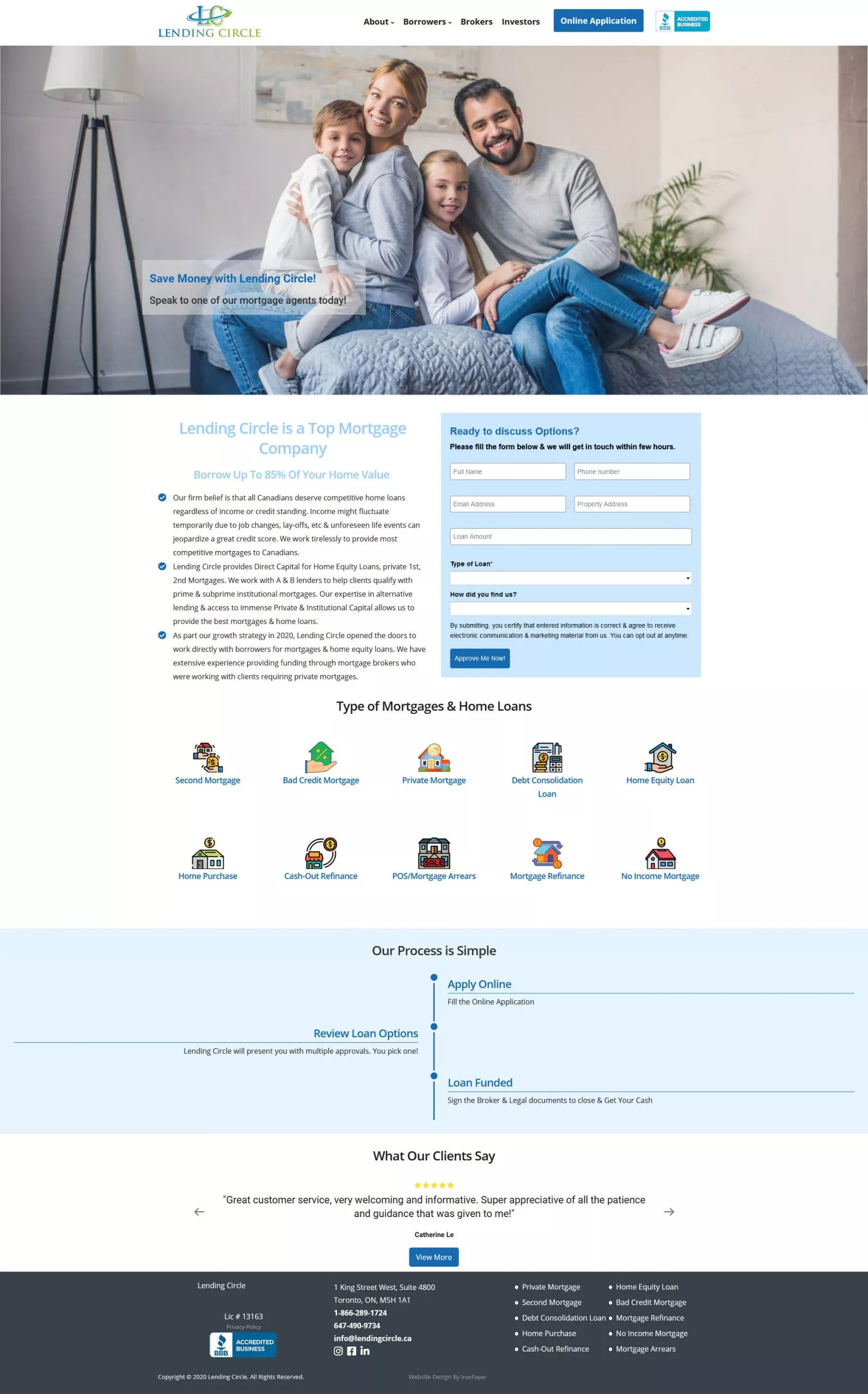Rebranding has become essential for businesses looking to stay relevant, set themselves apart from rivals, or adapt to shifting consumer preferences in today’s fast-paced business environment. However, embarking on a rebranding journey requires careful planning, thoughtful consideration, and strategic execution. Here, we delve into the key steps for a thoughtful rebranding process that can help your business navigate this transformative journey with confidence.
Define Your Objectives: Before diving into the rebranding process, it’s essential to define your objectives clearly. Ask yourself: What do we aim to achieve through this rebrand? Whether it’s to modernize your brand image, expand into new markets, or align with shifting company values, outlining your goals will provide a clear direction for the entire process.
Conduct Comprehensive Research: Understanding your target audience, market trends, and competitors is fundamental to crafting a successful rebranding strategy. Conduct market research, gather customer feedback, and analyze industry insights to gain valuable insights that will inform your rebranding decisions.
Develop a Compelling Brand Story: A compelling brand story that resonates with your audience anchors every successful rebranding effort. Articulate your brand’s values, mission, and unique selling propositions in a way that captures attention and fosters emotional connections with consumers.
Craft a Distinct Visual Identity: Visual elements such as logos, color schemes, typography, and imagery are pivotal in conveying your brand’s identity. Collaborate with skilled designers to develop a visually appealing and unified brand identity that speaks to your target market and gets the essence of your business.
Communicate Transparently: Transparency is vital throughout the rebranding process, especially when communicating with stakeholders, employees, and customers. Keep them informed about the reasons behind the rebrand, the changes they can expect, and how it aligns with your brand’s vision and values. Promote trust and engagement by soliciting feedback and promptly addressing any issues raised.
Plan a Seamless Transition: A successful rebranding isn’t just about unveiling a new logo or website; it’s about ensuring a seamless transition for all stakeholders. To reduce disruption and guarantee consistency across all touchpoints, create a thorough transition plan that includes timelines, communication tactics, and implementation steps.
Measure and Adapt: Once the rebranding is launched, remember to track its performance and impact. Utilize metrics such as brand awareness, customer sentiment, and sales data to evaluate the effectiveness of your rebranding efforts. To maintain relevance and continual improvement, be ready to modify and adapt in response to the information acquired.
Cultivate Brand Advocates: Finally, leverage your rebranding as an opportunity to cultivate brand advocates who champion your brand and its values. Use content marketing, social media, and community outreach to interact with your audience and create a sense of loyalty and belonging that goes beyond rebranding.
In conclusion, rebranding is a strategic journey that requires careful planning, thoughtful execution, and ongoing evaluation. By following these strategic steps, Xoom Media can embark on a rebranding process that revitalizes its brand identity, strengthens its competitive position, and fosters more profound customer connections. Embrace the opportunity for transformation, and let Xoom Media’s new brand story unfold confidently and purposefully.





















































































































